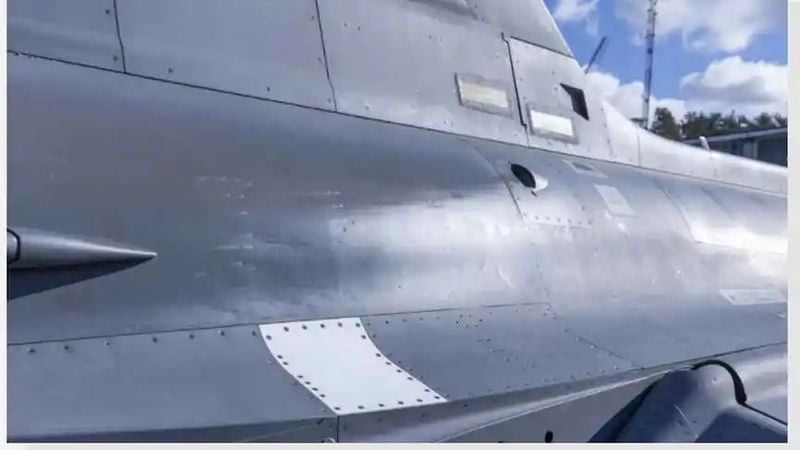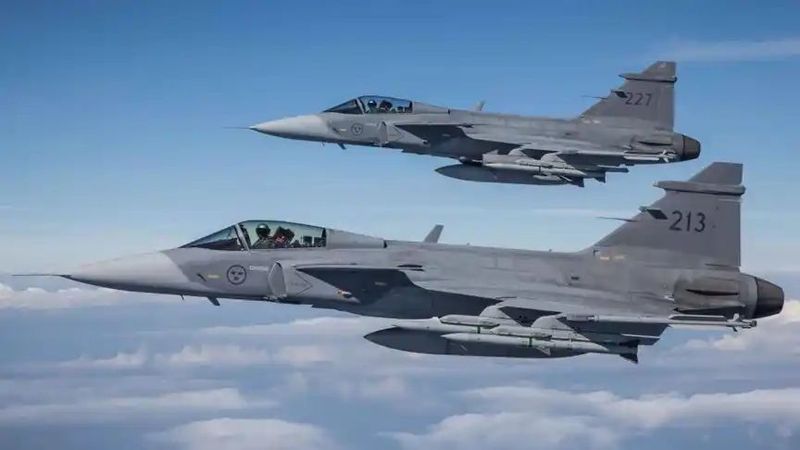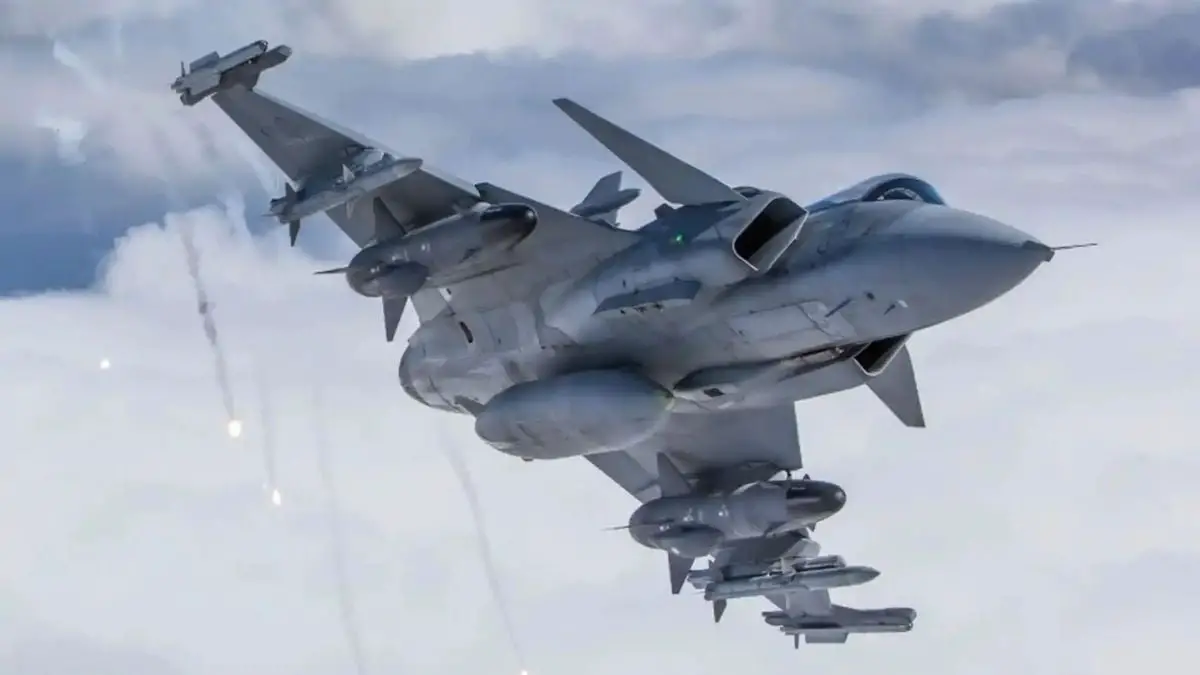Fighter jets repaired with 3D printing: A revolution to reduce maintenance costs. Sweden-based fighter jet manufacturer Saab has just shown how it is using 3D printing to make fuselage parts for its aircraft and save money.
Aircraft maintenance, as one of the branches of aeronautics, is one of the most advanced industries in the world. The parts with which aircraft are repaired must have very specific characteristics that must pass all kinds of controls. Even more so if these airplanes are going to fly in countries, which belong to the European Union, with strict controls where every change is meticulously studied.
And just as airplanes are evolving, so are maintenance methods, taking advantage of technologies such as 3D printing. One of the manufacturers that are using it is Saab, the Swedish military aircraft department is already testing how parts made with 3D printers work in their fighters.
The advantages are endless, going from having stock of each of the hundreds -if not thousands- of aircraft components requires a significant logistical deployment. On the other hand, having a few 3D printing machines and the raw material is much more flexible.
Printing Fighter Jets with 3D printers
The first flight tests carried out by Saab took place on March 19, 2021, at the company’s facility in the Swedish town of Linköping. Days before this important date, a 3D printed part was installed on one of the units that Saab has for testing its Gripen model, the company’s flagship.

The part was printed by additive manufacturing using a nylon polymer called PA2200. As a first step in what promises to be a new system for manufacturing parts for rapid repairs. A scenario that occurs when the fighter is deployed on a mission and suffers damage far from traditional repair bases.
The manufacturing process was simple, as Saab itself states in a press release. They claim that they did not have a computer model of the part to be replaced, so they used a scanner to produce an exact part. Only instead of following a traditional manufacturing procedure based on molds and machining, the 3D printer made the part from scratch with the same measurements.
“The initial post-flight inspection of the part was very positive and showed that no structural changes had occurred during the flight,” said Hakan Stake, Gripen’s maintenance contract manager, and manager of the development project. Stake also points to the potential of this technology in the mobile workshops that the armed forces are required to set up in their camps.

“There will no longer be a need to resort to emergency repairs or cannibalize other failed aircraft,” Stake points out. That also allows for reduced maintenance time for the affected fighters, thus increasing their availability for air service.
Further tests needed
For the time being, Saab announces that to achieve the goal of putting this technology into operation, further testing is required. And the fact is that this milestone is just the latest step in a program that Saab inaugurated in 2017 when the company co-founded a consortium whose purpose is to promote this technology.
“This test flight of a component with operational impact is an important step as an aircraft, including all its parts, always has to meet the most stringent airworthiness requirements,” said Ellen Molin, senior vice president and head of Saab’s maintenance and services business area.
As for the next step, the company points to the need to look for an alternative material to PA2200. Specifically, one that is equally flexible but can withstand the extreme cold that is reached when aircraft ascend. At the same time, they will develop a container system that will allow the deployment of 3D printers wherever they are required.





